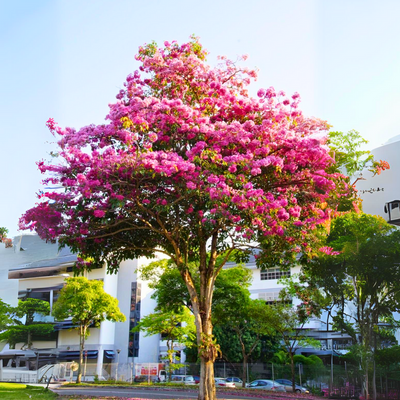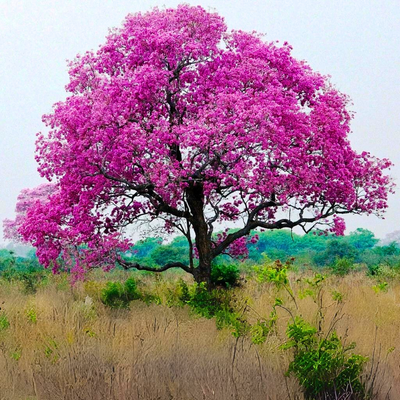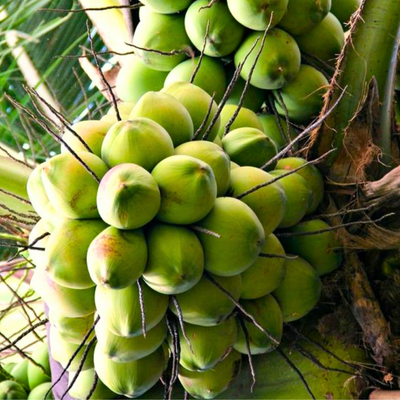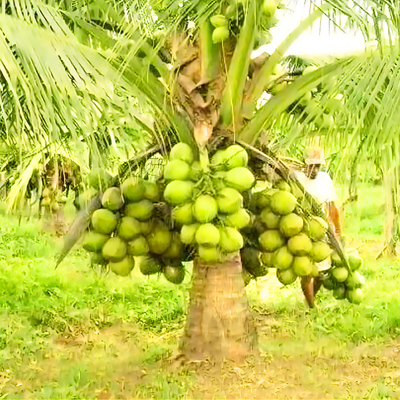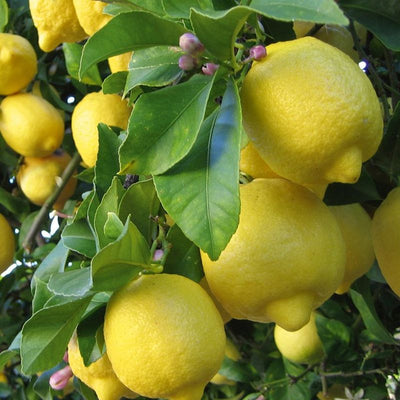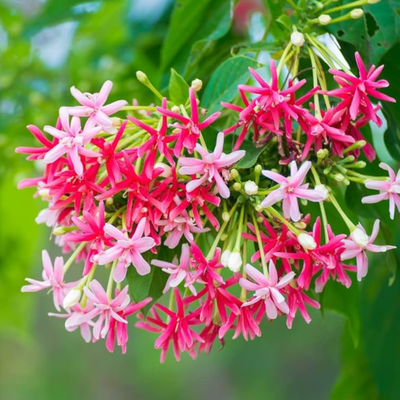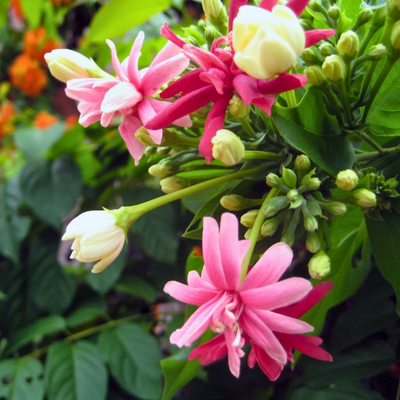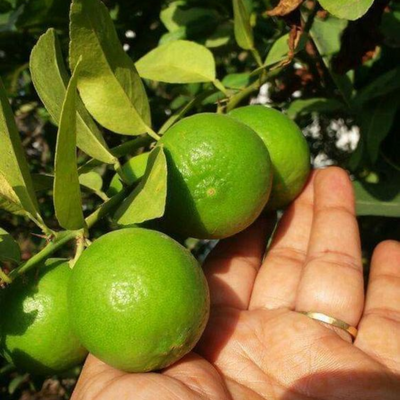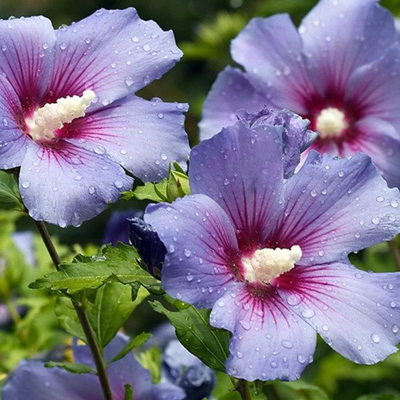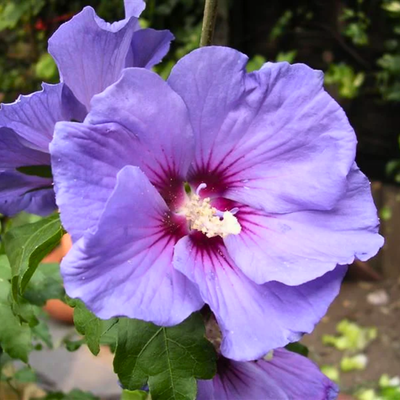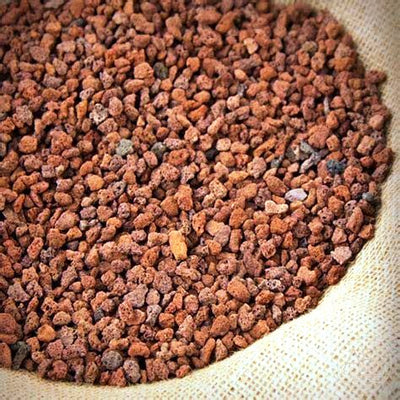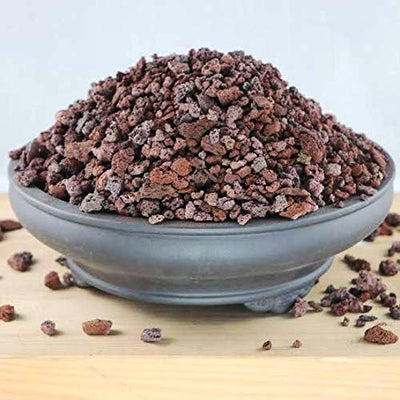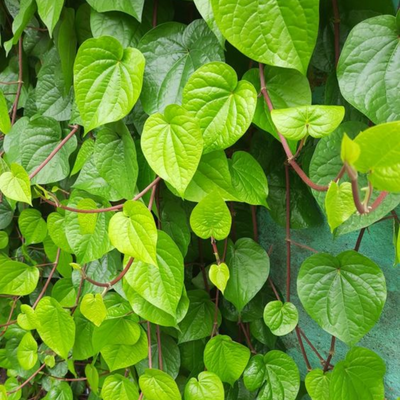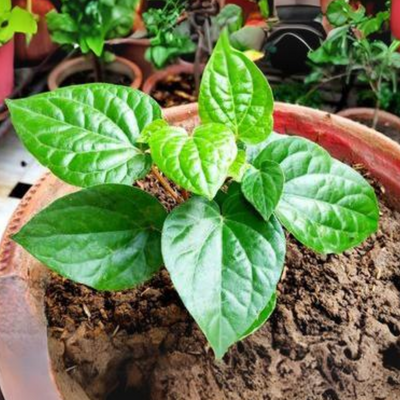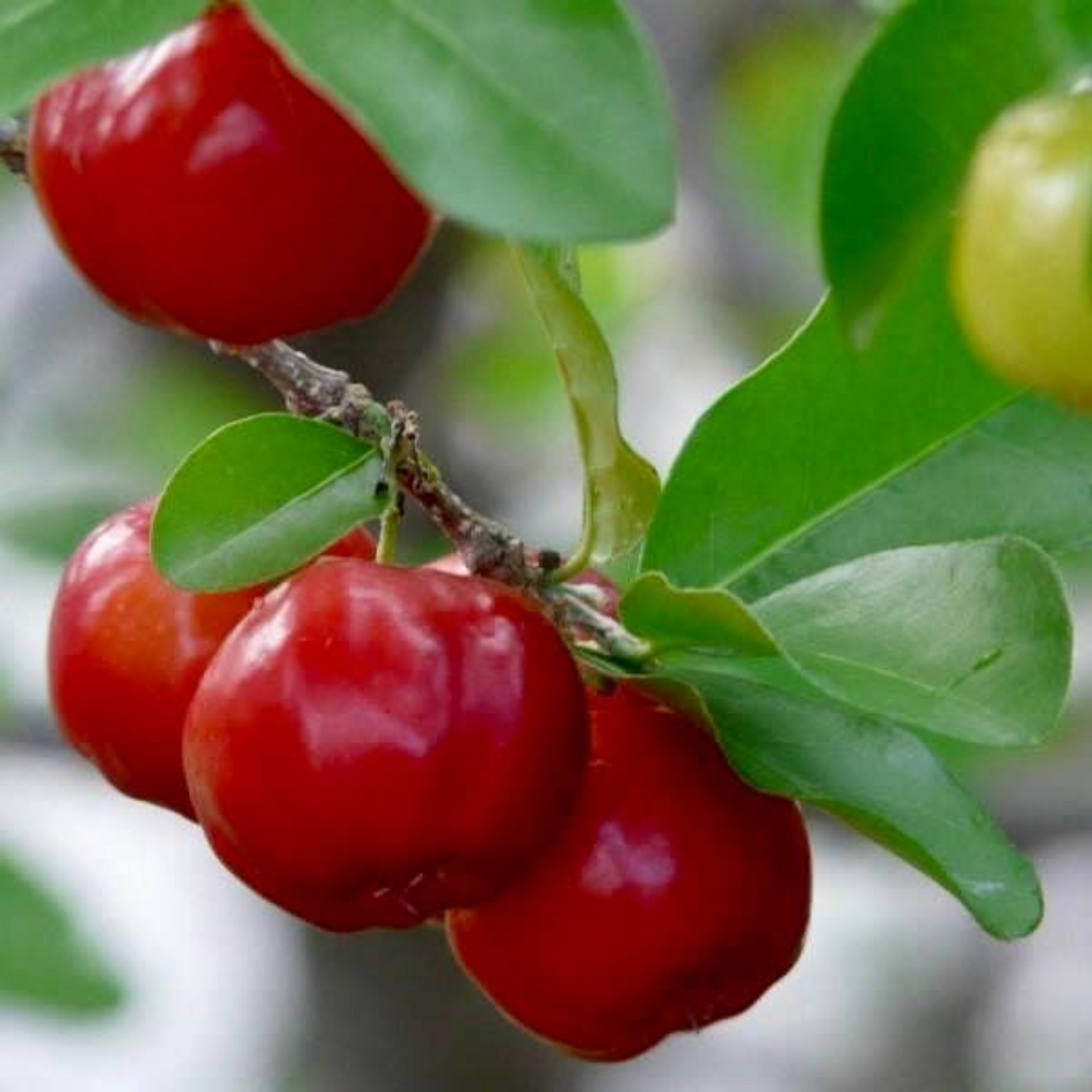

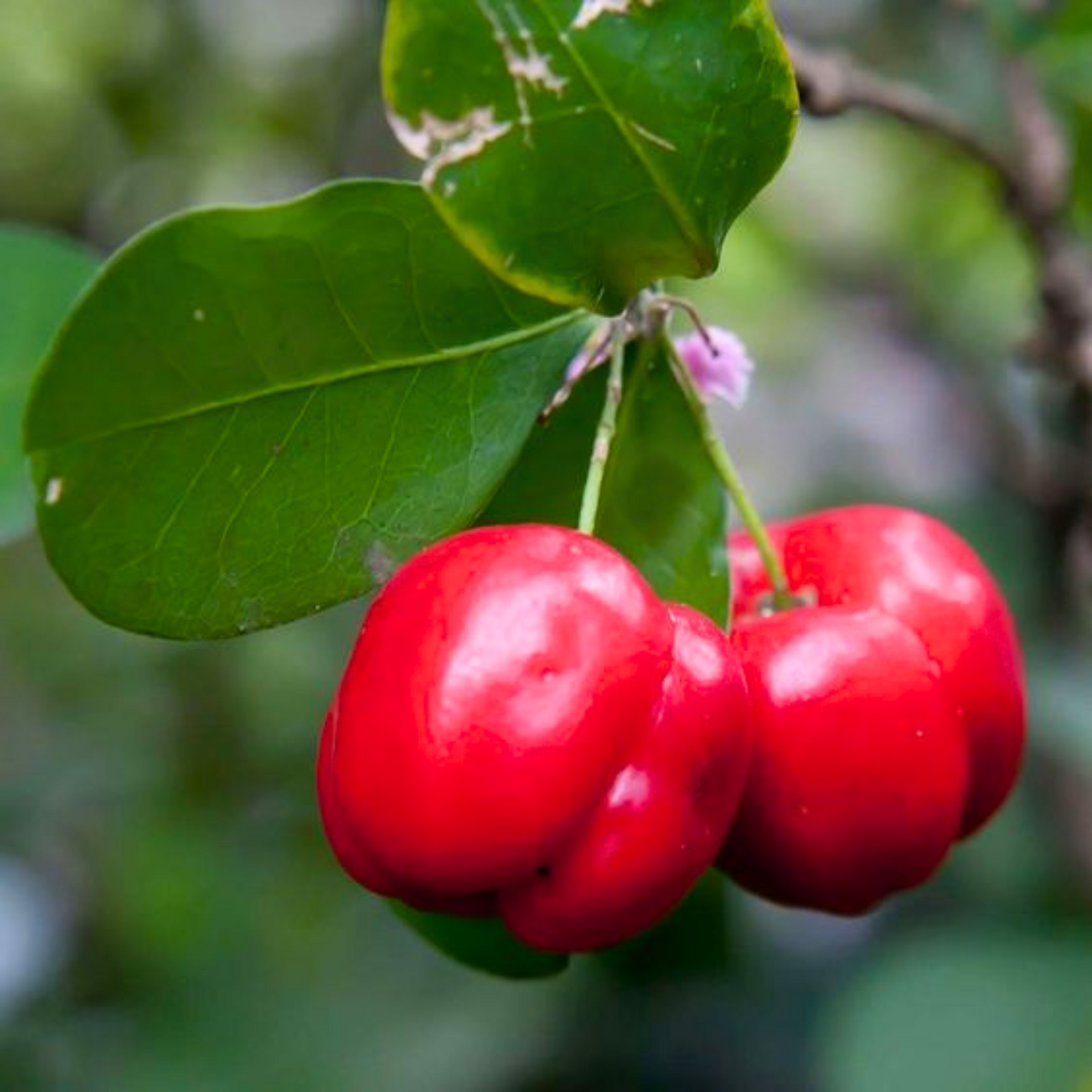
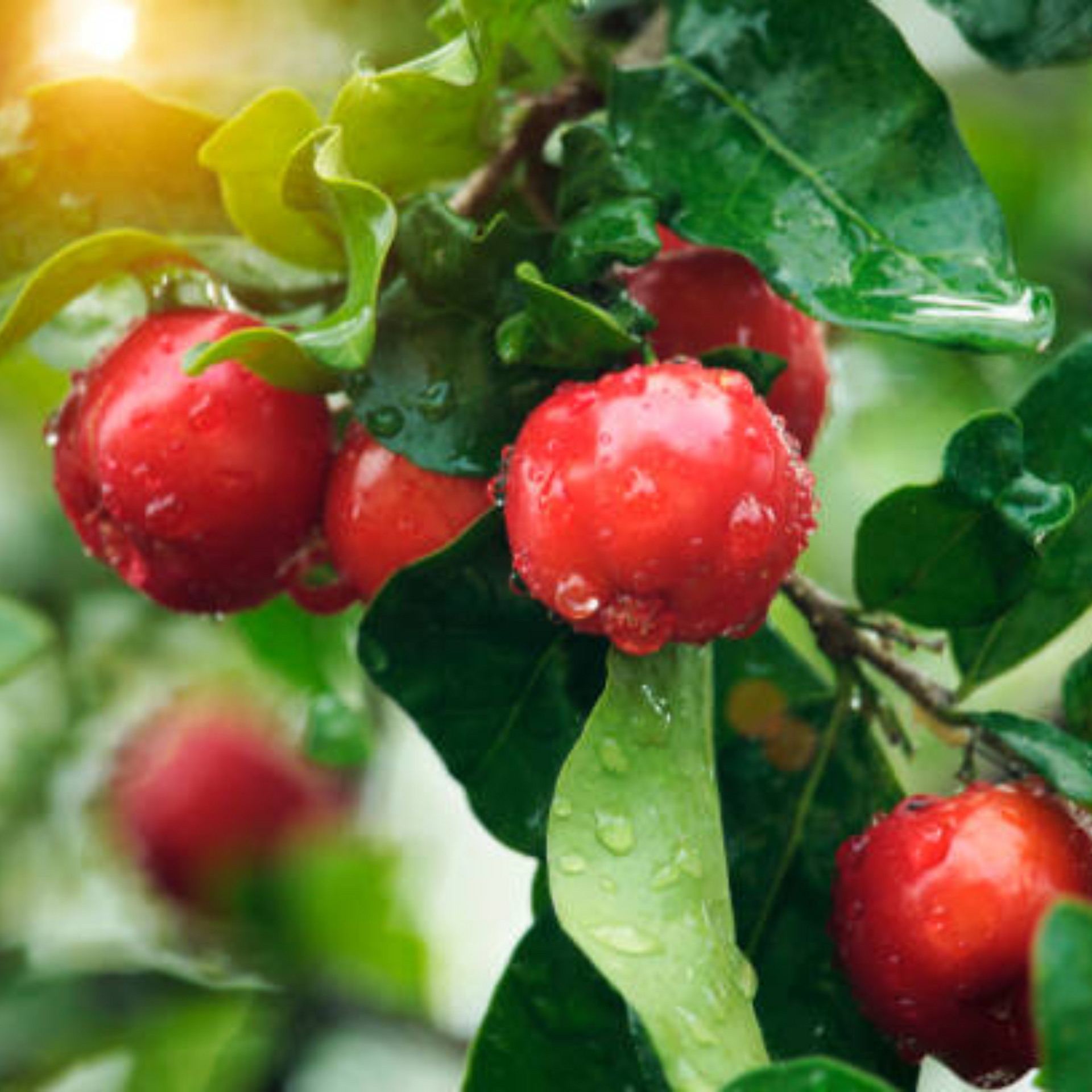
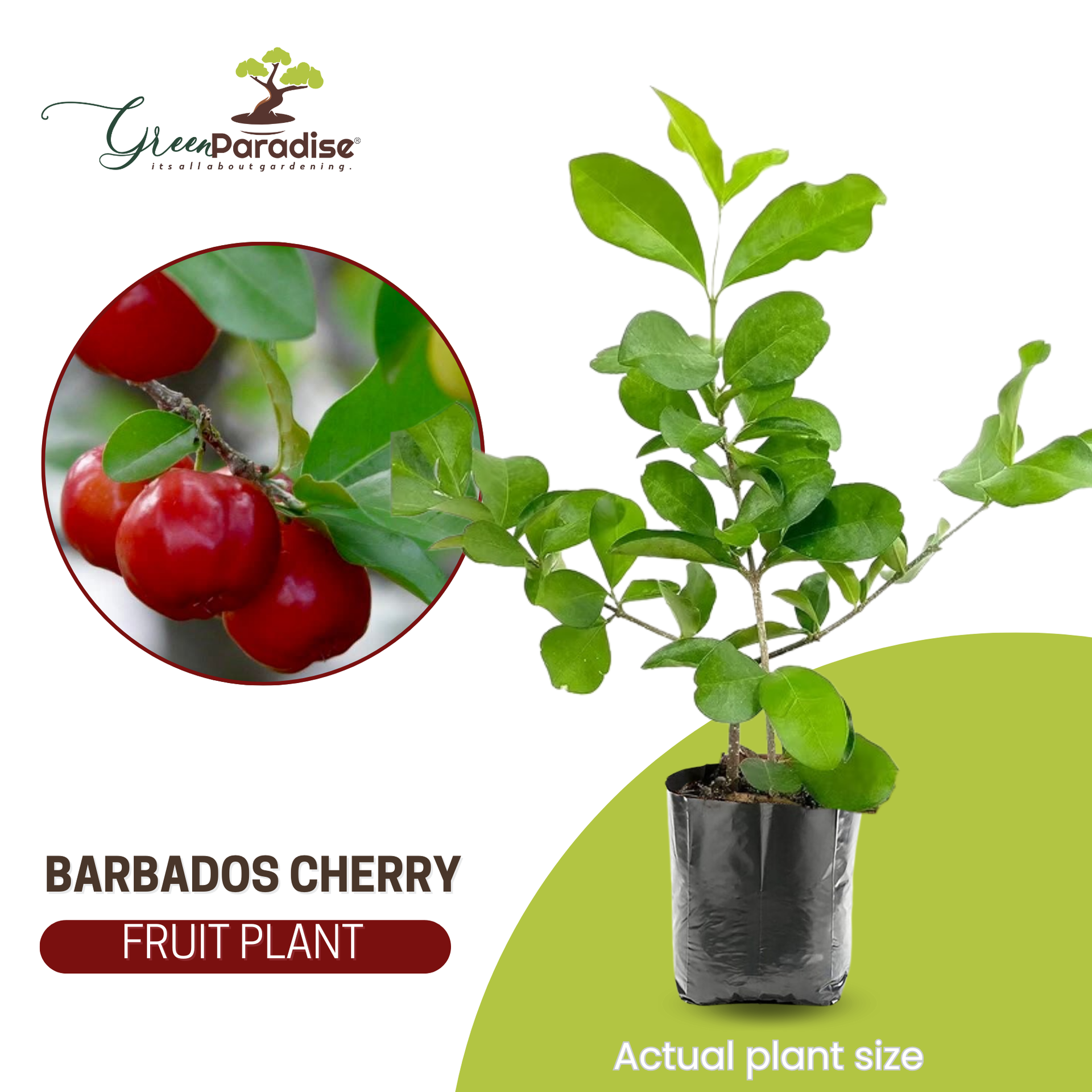
Live Barbadose Cherry Plant Suitable For Bonsai
Guaranteed Safe Checkout
Barbados Cherry Plant: Nature's Tangy Treasure
About Barbados Cherry Plant
Nature has bestowed upon us a multitude of wonders, and one such gem is the Barbados Cherry Plant (Malpighia emarginata), a tropical fruit-bearing shrub renowned for its vibrant appearance, delectable flavor, and abundance of health benefits. Hailing from the warm, tropical regions of the Americas, this little-known plant holds great potential in revolutionizing nutrition and well-being. In this article, we delve into the captivating world of the Barbados Cherry Plant and uncover its fascinating attributes.
Origins and Description
- The Barbados Cherry Plant, also known as Acerola or West Indian Cherry, is native to the Caribbean, Central America, and northern parts of South America.
- Its name "Barbados Cherry" originates from the fact that it was introduced to Barbados in the 17th century, where it found a suitable climate to thrive.
- Today, it is cultivated in various subtropical and tropical regions across the globe.
- This evergreen shrub typically stands between 2 to 3 meters tall and features glossy, dark green leaves that add to its ornamental appeal.
- What makes the Barbados Cherry Plant particularly captivating is its petite, bright red, cherry-like fruits, which dangle in clusters from the branches.
- Bursting with tangy-sweet goodness, these cherries are remarkably rich in essential nutrients.
Nutritional Powerhouse
- The Barbados Cherry fruit is a nutritional powerhouse, surpassing many other fruits in its nutrient content.
- Loaded with vitamin C, the cherries contain a significantly higher concentration of this essential nutrient than even oranges.
- This makes them an excellent natural remedy for boosting the immune system, combating free radicals, and promoting overall health.
- In addition to vitamin C, Barbados Cherries are rich in vitamin A, another vital antioxidant that plays a crucial role in maintaining healthy skin, vision, and immune function.
- The fruit also contains B vitamins, such as thiamin, riboflavin, and niacin, contributing to energy metabolism and nervous system support.
A Wholesome Medicinal Ally
- Beyond their delightful taste and impressive nutritional profile, Barbados Cherries have been traditionally used in herbal medicine for various health conditions.
- The fruit's high vitamin C content makes it an effective remedy for preventing and treating scurvy, a disease historically associated with vitamin C deficiency.
- Moreover, the antioxidants present in the cherries may help in reducing inflammation, supporting cardiovascular health, and even aiding in the prevention of certain chronic diseases.
Culinary Applications
- The Barbados Cherry Plant offers a myriad of culinary possibilities.
- Its tangy flavor and vibrant color make it an ideal ingredient for juices, smoothies, jams, and sauces. In some regions, cherries are used to make delectable desserts like pies, tarts, and ice creams.
- The fruit's versatility has also seen it being used as a garnish for salads and savory dishes.
Conservation and Cultivation
- Despite its numerous merits, the Barbados Cherry Plant remains relatively underutilized and underappreciated on a global scale.
- However, with growing interest in sustainable agriculture and native plant species, there is potential for the plant to gain prominence in the future.
- Cultivating Barbados Cherries is relatively straightforward, as the plant is adaptable to a range of soils and climates.
- It thrives in sunny locations with well-draining soil, and once established, it requires minimal maintenance.
- By promoting the cultivation of Barbados Cherries, we not only safeguard this valuable species but also unlock its numerous ecological and economic benefits.
The Sweet Journey: A Guide to Growing Barbados Cherry Plants
If you're looking to add a touch of tropical sweetness to your garden, the Barbados Cherry (Malpighia emarginata), also known as Acerola or Barbados Cherry, is an excellent choice. This delightful little fruit tree is not only beautiful but also packed with vitamin C, making it a valuable addition to any garden or even a patio container. In this article, we'll take you on a journey to discover the secrets of successfully growing the Barbados Cherry plant and relishing the sweet rewards of your efforts.
Choosing the Right Location
- The first step to a thriving Barbados Cherry plant is selecting the right location.
- These tropical plants thrive in warm climates with plenty of sunlight.
- Ideally, choose a spot that receives at least 6-8 hours of direct sunlight daily.
- If you live in a region with cold winters, consider planting the tree in a container so you can move it indoors during the colder months.
Soil Preparation
- Barbados Cherry plants prefer well-draining, slightly acidic soil.
- Before planting, ensure the soil is loose and fertile, with good water drainage.
- A soil pH between 5.5 and 6.5 is ideal for these plants.
- You can amend the soil with organic matter, such as compost or well-rotted manure, to improve its fertility and structure.
Planting the Barbados Cherry
- Planting your Barbados Cherry should be done during the warmer months, preferably in spring or early summer.
- Ensure the hole for planting is slightly larger than the plant's root ball.
- Gently remove the plant from its container and place it in the hole, making sure it's at the same depth as it was in the pot.
- To get rid of air pockets, gently pack the soil into the hole.
Watering and Mulching
- Proper watering is crucial for the initial growth of your Barbados Cherry plant.
- Verify that the soil is consistently moist but not soggy.
- Once the plant is established, it becomes more drought-tolerant, but regular watering during dry spells is still essential for optimal fruit production.
- Applying a layer of organic mulch around the base of the plant will help retain moisture, regulate soil temperature, and prevent weed growth.
Pruning and Training
- Barbados Cherry plants are naturally bushy, but regular pruning can encourage a more structured and manageable shape.
- Prune the plant during the dormant season to remove dead or diseased wood and maintain an open canopy.
- Additionally, you can selectively prune to control size and promote air circulation, which reduces the risk of fungal diseases.
Fertilization
- To ensure your Barbados Cherry plant receives the necessary nutrients, fertilize it regularly during the growing season.
- Choose a balanced fertilizer or one specifically formulated for fruit-bearing plants.
- Follow the manufacturer's instructions and avoid over-fertilizing, as excessive nutrients can harm the plant.
Pest and Disease Management
- Barbados Cherry plants are relatively low-maintenance, but like any plant, they can encounter pests and diseases.
- Keep an eye out for common issues such as aphids, fruit flies, or fungal infections.
- Regularly inspect the plant, and if you notice any problems, address them promptly with organic or chemical solutions as needed.
Conclusion
Growing a Barbados Cherry plant can be a rewarding experience, both for the beauty it adds to your garden and the delicious, vitamin-rich fruits it produces. With proper care and attention to its needs, this tropical gem will thrive and delight you with its sweet offerings for years to come. So, roll up your sleeves, embrace the journey, and let the sweet adventure of cultivating your very own Barbados Cherry plant begin!



